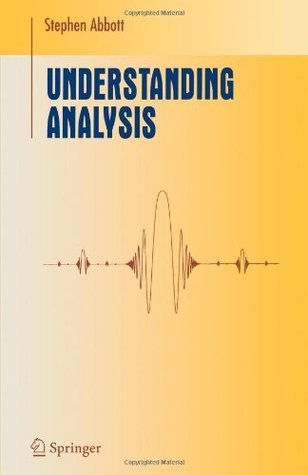What do you think?
Rate this book


269 pages, Paperback
First published January 1, 2000
Yes these are challenging arguments but they are also beautiful ideas. Returning to the thesis of this text, it is my conviction that encounters with results like these make the task of learning analysis less daunting and more meaningful.So, I will dare to challenge Edna St. Vincent Millay -- it is not Euclid alone who has seen beauty bare. Weierstrass, Dedekind, Cauchy, Riemann, and Cantor have also seen her. And thanks to Abbott, I, too am one of those fortunate ones
Who, though once only and then but far away,
Have heard her massive sandal set on stone.